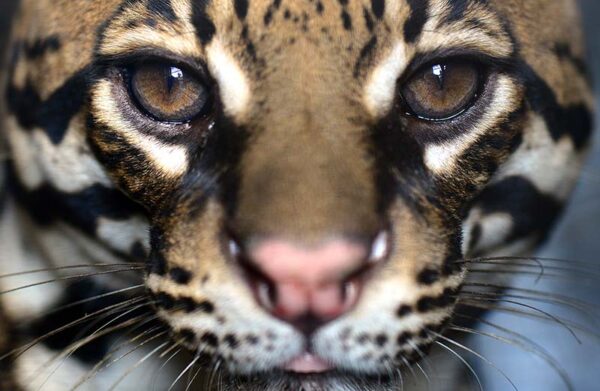The Ocelot
The felines are located at the top of the food pyramid, as they are hunters that play an important role […]
The felines are located at the top of the food pyramid, as they are hunters that play an important role in the control of other species in our forests.
They are difficult to observe, since they inhabit undisturbed mountain forests, avoid sites of human activity and are generally nocturnal.
In the operational areas we have received the occasional unexpected visit from an ocelot or manigordo, as it is also called, but these have been very isolated cases.
In Panama there are six species of felines of different sizes, habits, colors and geographic distribution.

These are: the jaguar (Panthera onca), puma (Puma concolor), ocelot or manigordo (Leopardus pardalis), yaguarundi or tigrillo congo (Puma yagouaroundi), tigrillo or margay (Leopardus wiedii) and the oncilla (Leopardus tigrinus).
All of them are protected by strict national and international laws. The first Saturday of March was established as National Wild Cat Day in Panama by Executive Decree No. 12 of March
in Panama by Executive Decree No. 12 of February 23, 2018, with the purpose of conserving and educating about the biodiversity of native felines. Additionally, on February 1, the Chinese Panamanian community celebrated the arrival of the New yYear according to the lunar calendar. This will be the year of the tiger, a feline from the Asian continent.
The ocelot
The ocelot is a compact, but muscular and athletic cat. It is among the three smallest species of wild felines in our country. Although it is larger than an ocelot, it is so similar to the ocelot in its color pattern that it is easily confused. The ocelot measures between 70 and 90 centimeters long, plus a tail of up to 40 centimeters. The weight can be between 7 and 15 kilograms.
The ocelot has excellent night vision and hunts rodents, rabbits, opossums, iguanas, birds, turtles, ñeques, snakes, tamanduas, armadillos and is also adept at catching fish.
The highest population density of the ocelot on a continental level was recorded in our country, in the Barro Colorado natural reserve located in Gatun Lake.
Among the main challenges the felines faced are the segmentation and disappearance of their habitat, poaching, agriculture, mining and land transportation routes.
This is why the jungle areas, such as the forests of the Canal watershed, which in turn are interconnected with the Mesoamerican Biological Corridor, represent the last natural sanctuary for the survival of felines such as the ocelot.
“It is the most abundant feline in the Canal watershed.”
Ricardo Moreno, president of the Yaguará Foundation and research associate at the Smithsonian Tropical Research Institute, emphasizes that “the ocelot is very cosmopolitan, because it is found in a wide range of habitats, from forests on the shores of beaches to heights of 2,800 meters above sea level.”
Moreno describes this feline as stealthy and very elusive to humans, but that the advance of the urban frontier is making it more tolerant of human presence. “As the most abundant feline in the country and particularly in the Canal watershed, they are present in reverted areas such as Clayton, Curundú, Albrook and in the urban areas towards the east of the city, sites that before being developed were tropical rainforest. I even saw ocelot tracks in La Locería”.